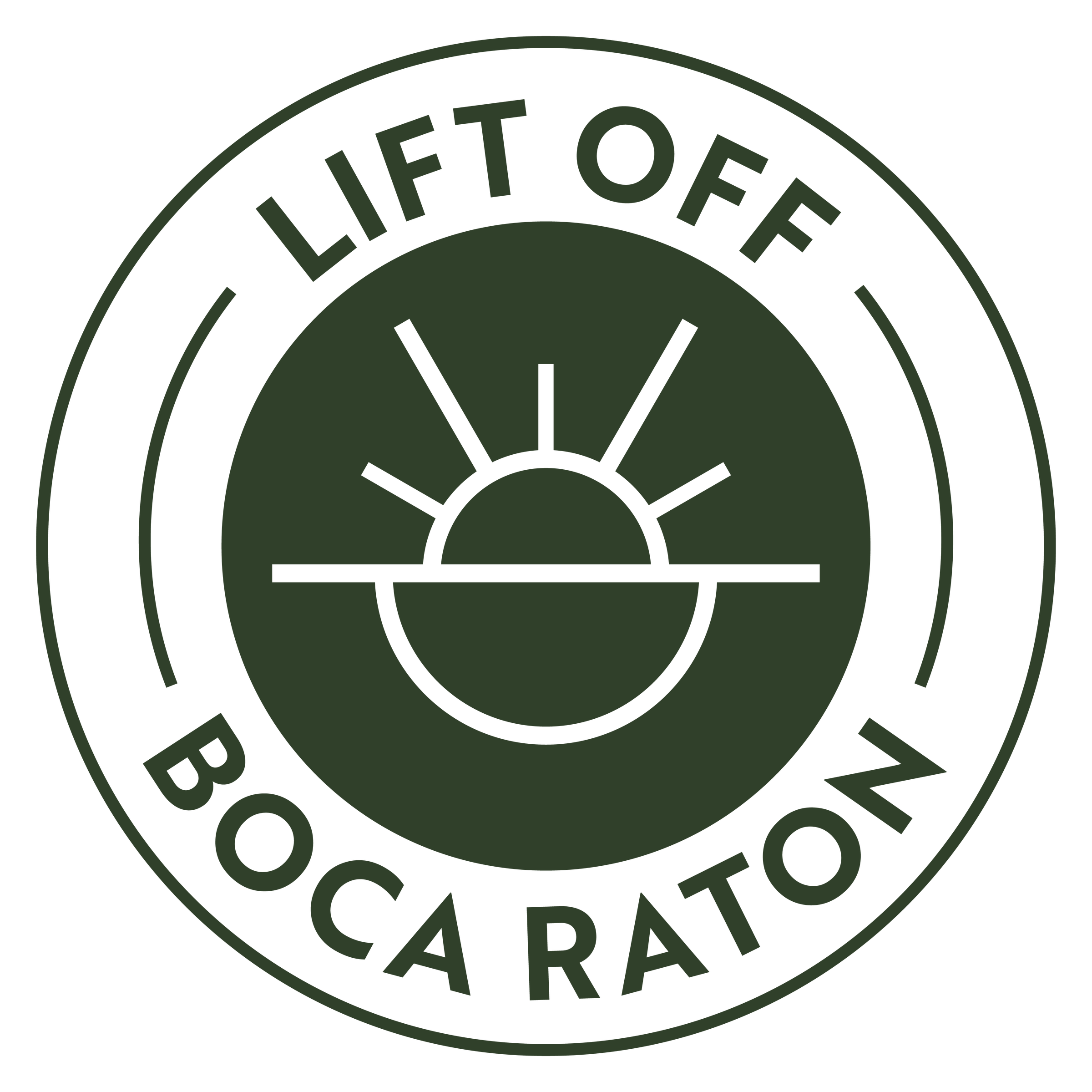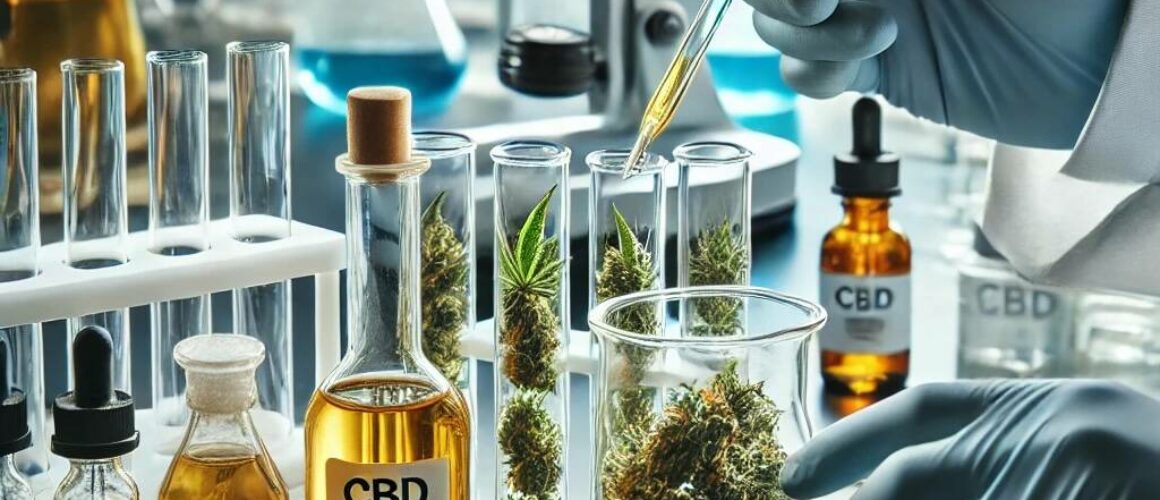How to Choose High-Quality CBD Products: What to Look For and Avoid
With the rapid growth of the CBD market, consumers are faced with numerous options, making it challenging to determine which products are safe and effective. Understanding how to identify high-quality CBD products is crucial for achieving the desired health benefits while avoiding low-grade or potentially harmful options. This blog will guide you through essential criteria to consider when selecting CBD products, including what to look for and what to avoid.
Understanding CBD Quality: Key Factors
1. Source of Hemp
- Organic Hemp: High-quality CBD products typically start with hemp that is grown organically, free from pesticides and harmful chemicals. Organic certification is a positive sign that the hemp is cultivated following strict standards.
2. Type of CBD Extract
- Full-Spectrum vs. Broad-Spectrum vs. Isolate: Understand the differences:
- Full-Spectrum: Contains all hemp plant compounds, including up to 0.3% THC, offering the full benefits of the entourage effect.
- Broad-Spectrum: Offers similar benefits without THC, ideal for those who want to avoid it.
- CBD Isolate: Pure CBD, with no other cannabinoids or terpenes, suited for individuals looking for the effects of CBD alone without additional hemp compounds.
3. Extraction Methods
- CO2 Extraction: This method is generally regarded as the gold standard for extracting CBD, as it preserves the purity and potency of CBD while eliminating the use of harsh chemicals.
- Third-Party Testing and Certifications: One of the most crucial factors when choosing a CBD product is whether it has undergone independent third-party testing.
- Certificate of Analysis (COA): A COA from a reputable third-party lab provides unbiased information about the cannabinoid content and purity of the CBD product. It should be readily available for consumers to review.
- Testing for Contaminants: High-quality CBD products are tested for contaminants such as pesticides, heavy metals, and solvents. The COA should confirm that the product meets safety standards.
Label Accuracy and Product Labeling
- Clear Labeling: Labels should clearly state the amount of CBD per serving, the type of CBD, and a list of ingredients. Avoid products with vague or incomplete labels.
- FDA Warnings: Be wary of products that claim to cure or treat diseases. The FDA has not approved CBD for the treatment or prevention of any disease, except for specific prescription forms of CBD for epilepsy.
Red Flags to Avoid
- Exaggerated Health Claims: Any product claiming to cure or treat serious diseases should be approached with skepticism unless it is FDA-approved for that purpose.
- Unknown Manufacturer: Purchase products from reputable companies that provide detailed information about their production process and lab results.
- Lack of Transparency: Companies that do not provide access to third-party testing results or details about hemp sourcing are typically not reliable.
Reputable Brands and User Reviews
- Brand Reputation: Research the brand’s reputation within the CBD community. Look for user reviews, company history, and industry awards.
- User Reviews: Genuine user reviews can provide insights into the effectiveness and safety of the product. However, be discerning as reviews can be manipulated.
Conclusion
Selecting high-quality CBD products requires careful consideration of several factors, including the source of hemp, extraction methods, third-party testing, and transparency of labeling. By educating yourself on these key aspects, you can make informed decisions that ensure you choose safe, effective, and high-quality CBD products. Always consult with a healthcare professional before beginning any new supplement regimen, especially if you have underlying health conditions or are taking other medications. For more detailed guidelines on choosing CBD products, trusted resources such as Consumer Reports or FDA’s advice on CBD offer comprehensive advice and updates.

